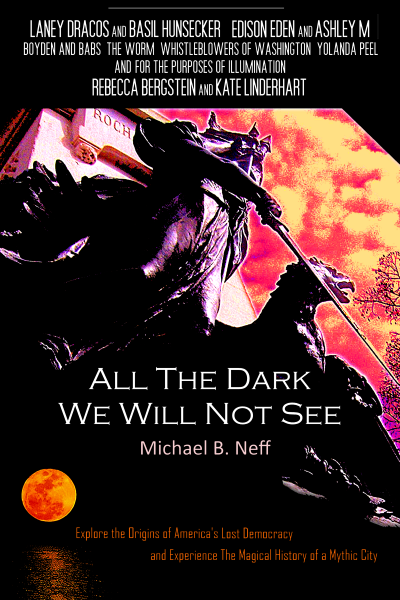
SHOULD it be a crime to report a crime? Many top officials in Washington seem to think so, at least in the case of Edward Snowden.
June 6 will be the third anniversary ofThe Guardian’s publication of top-secret documents provided by Mr. Snowden that showed that the National Security Agency was collecting the telephone records of tens of millions of Americans.
Outraged by this assault on the Fourth Amendment’s prohibition of unreasonable search and seizure, Tea Party Republicans and progressive Democrats joined to block reauthorization of the USA Patriot Act’s surveillance provisions last year. Only after the N.S.A. was required to obtain warrants to examine such records was reauthorization approved.
But Mr. Snowden, the whistle-blower who set this reform in motion with his disclosures, is persona non grata in the nation’s capital. Democrats and Republicans alike have denounced him as a traitor.
President Obama and former Secretary of State Hillary Clinton have also been unyielding. Mr. Snowden, now in Russia, deliberately broke the law and should not “be brought home without facing the music,” Mrs. Clinton said in a Democratic presidential debate.
“He could have gotten all of the protections of being a whistle-blower,” she said. “He could have raised all the issues that he has raised. And I think there would have been a positive response to that.”
Thomas Drake would disagree. So would John Crane.
Their intertwined stories, revealed this week, make clear that Secretary Clinton’s and President Obama’s faith in whistle-blower protections is unfounded, and cast Mr. Snowden’s actions in a different light.
Mr. Snowden has expressed his debt to Mr. Drake. “If there hadn’t been a Thomas Drake,” he told Al Jazeera, “there couldn’t have been an Edward Snowden.”
Mr. Drake was a senior N.S.A. official who had also complained, 12 years earlier, about warrantless surveillance. As a career military man, he followed the course later advocated by President Obama and Secretary Clinton. Joining others with similar concerns, he went up the chain of command, finally ending up at the Defense Department’s Office of Inspector General.
Things did not go well.
[ MORE ]



